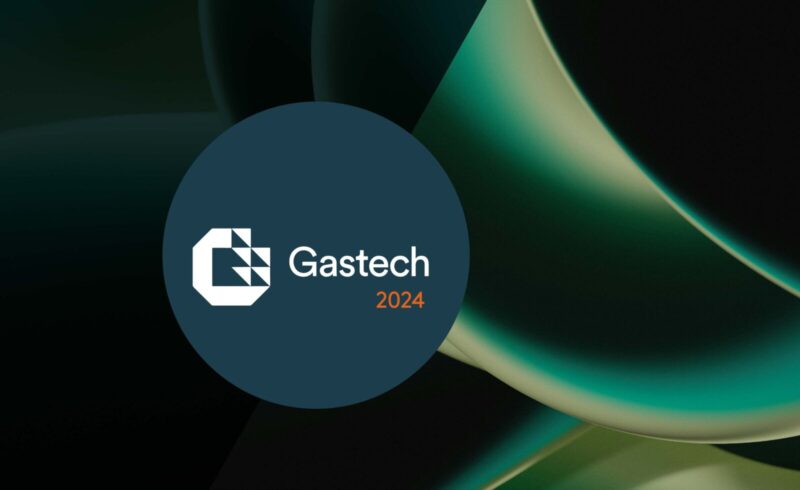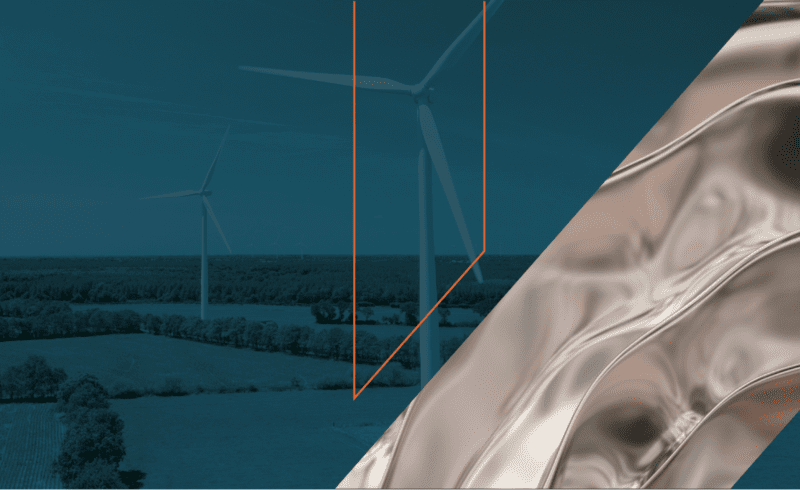Commodity trading is a dynamic and ever-evolving industry that necessitates traders to remain informed about market conditions, monitor trends in supply and demand, and make informed trading decisions
In the commodity trading landscape, digitalization is gaining increasing importance, with platforms and tools that are designed to streamline and automate the trading process. Digitalization is also enabling the use of sophisticated analytics and machine learning algorithms to identify trading opportunities and make more informed trading decisions.
The surge in demand for machine learning capabilities in the market is largely due to the emergence and accessibility of alternative data sources, such as satellite imagery, social media sentiment analysis, and weather data. These alternative data provide valuable insights into commodity markets that cannot be obtained through traditional data sources. As demand for unique data sets has grown, firms like WorldQuant have even created massive data exchanges allowing for any company or individual to monetize their data.
Broadly speaking, machine learning algorithms can be used to identify patterns and relationships in large datasets generated by alternative data sources, build predictive models that forecast future trends based on alternative data sources, analyze unstructured text data, detect anomalies in alternative data sources, and develop automated trading strategies based on analysis of alternative data sources.
For instance, in the case of satellite imagery, algorithms can analyze satellite imagery to track crop yields, water levels, and other factors that can impact commodity prices. If a crop yield is expected to be low due to drought conditions spotted by the satellite data, the algorithm can detect this anomaly and flag it to the analytics team that the price of the commodity will increase, allowing traders to take advantage of this information. Weather data has also been increasingly important in predicting both long-term weather trends and more short-term instances impacting prices such as a major cold front or looming hurricane.
While more commonly used in the equity markets, some commodity-focused teams have also begun analyzing social media sentiment taking advantage of natural language processing (NLP) to analyze news articles, social media, and other sources of unstructured data to identify trends and sentiment that may impact commodity prices.
Machine learning algorithms can also be used for more traditional data sets, of course, to analyze historical price data, market trends, and other variables to make predictions about future price movements. These algorithms can also be used to optimize trading portfolios by identifying the most profitable combination of assets based on historical performance and market conditions.
In physical trading, these advances are becoming particularly important in their supply chain analytics. Entire positions have been created focusing on using machine learning to optimize shipments across seas and rail systems and to mitigate the inherent risks within these practices.
However, one of the key challenges firms are facing with the emergence of these new technology advances is convincing traders with more traditional trading approaches to adopt these practices within their strategy. In a recent conversation with a data science leader at a major oil merchant he shared these pushes have sparked many internal debates and that pushback from successful traders can be hard to combat.
Furthermore, finding top talent in this space is becoming increasingly difficult as an influx in demand has put upward pressure on compensation expectations. Many firms are now looking outside of the industry to keep up with their growth plans and training individuals with strong technical skills in applying their machine learning toolbox to the commodity trading space.
Overall, machine learning is a powerful tool for analyzing alternative data sources and making more informed trading decisions, and allows traders to use leading indicators to predict trends previously difficult to quantify. By using machine learning algorithms, commodity trading teams can gain insights into market trends, reduce risk, and make more profitable trading.
Due to the emergence of these trends, we are constantly assisting our clients in building out their Data Science teams with professionals experienced in machine learning. These individuals, typical experts in Python development and SQL have worked on critical projects centered around risk, supply chain optimization, and pricing with time-series analysis. If you are seeking guidance on how to position yourself as a competitive candidate in this dynamic market or if you are a hiring manager looking to strengthen your team’s capabilities in this field, please don’t hesitate to contact us. We would be delighted to share our expertise with you.
Be sure to follow us on Linkedin to stay up-to-date with all the latest trends and developments taking place across the commodities supply chain space. Proco Group remains available to discuss any of the market conditions mentioned above and how we can help you find and retain the best talent for your business. For more insights, click here.




